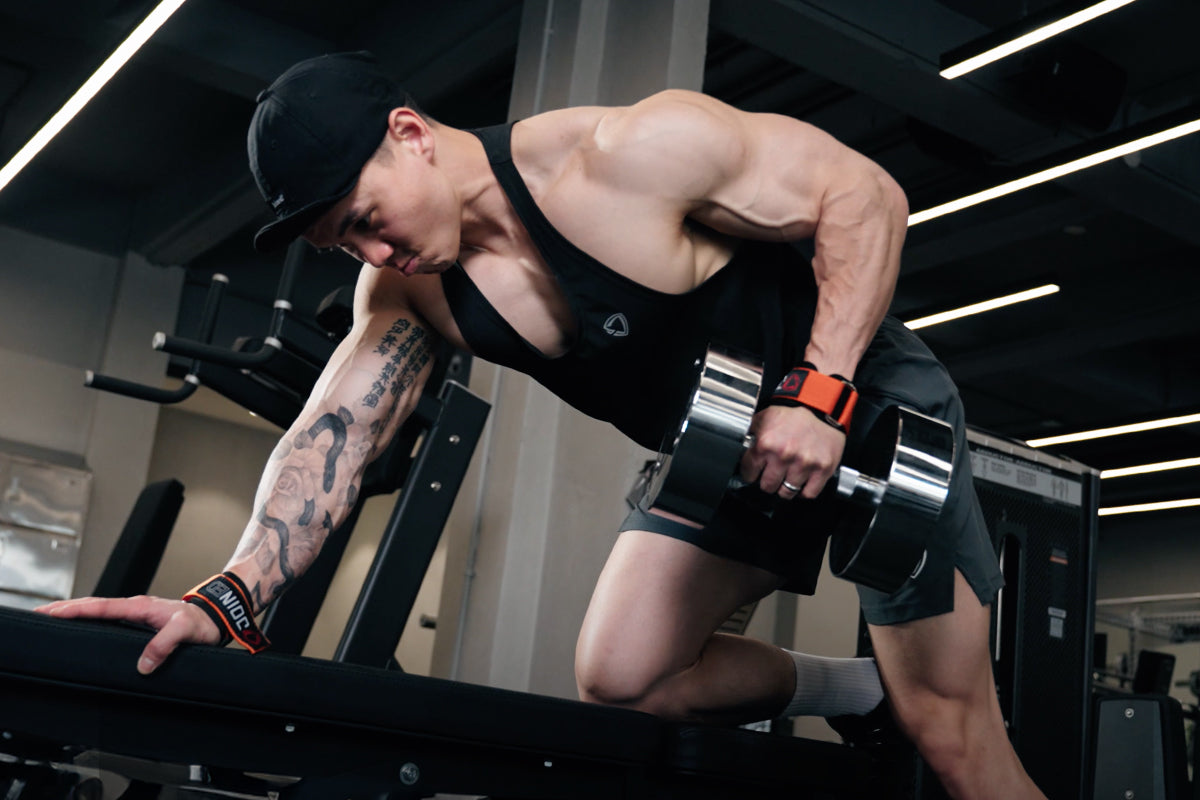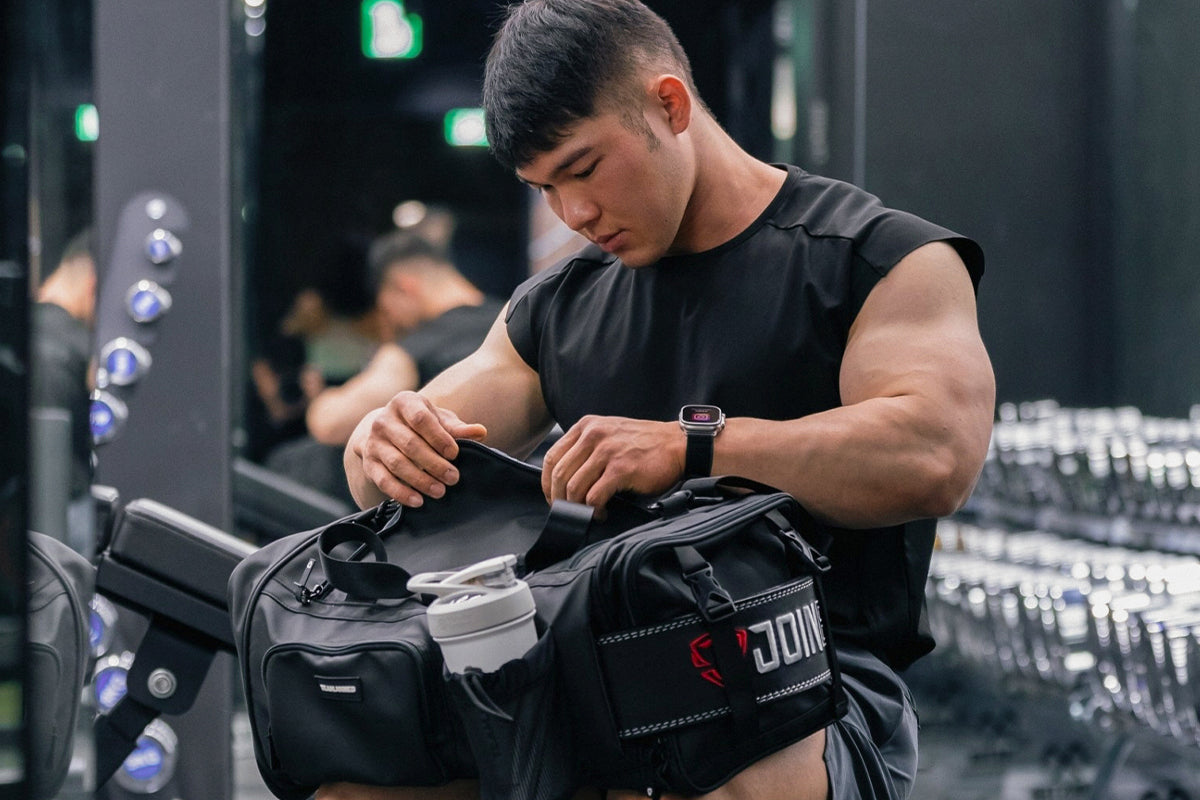
Taking Care Of Your Body Starting With Working Out
In the previous press release, TeamJoined has announced our action during the #breastcancerawarenessmonth. One of them is providing a simple chest exercise which anyone can follow and implement into their daily routine! Exercising is not only great for keeping yourself healthy, but for those who have just received breast cancer surgery, appropriate exercises can help prevent certain cancers recurring and promote faster recovery for getting the movement back (Exercising After Breast Cancer Surgery, 2021). In addition, according to Mehrara (2016), ‘Exercise had a significant anti‐inflammatory effect, resulting in decreased perilymphatic accumulation of inflammatory cells and inducible nitric oxide synthase expression.’ In short, it reduces swellness. So we can see, working out gives you both a healthy body and a better recovery after treatment!
The ‘must do’s during chest exercises
There are a few basic rules that you want to bear in mind during essentially any workout that you are doing. Follow it and you will avoid causing unnecessary injury to yourself and will be able to utilise the targeted muscle groups better.
- Core set, shoulder set, maintain a neutral spine position with core engaged. Keep your head, shoulder and hip in line (if you cannot find your neutral spine position, check out verywellfit’s guide (Ogle, 2020))
- Avoid shrugging your shoulder too much, squeeze your shoulder blade together and downwards and try not to lose the tension even during workout
- Remember to breathe during the movement! A lot of newbies tend to hold their breath during exercise and end up feeling dizzy after a set. General idea is to breathe out whenever you exert force and breathe in when you are resetting the move.
Exercises that focuses around the chest
Time for some movement tutorials! For the reps and sets, generally you can do 15-20reps and repeat that 3-4 times for each exercise. Set the weight according to your targeted intensity and level of your skills.
Push ups
It is the most beginner-friendly chest exercise of all time. Great for both beginners and gym gurus due to its versatile variations. This is going to engage your full body whilst the muscles attaching the upper girdle are most activated.

-
- Still remember the must dos rules up there? Do them all.
- You want to set yourself into a plank position, with shoulders over the palm before you start.
- Descend the body slowly by bending your elbow to the side of your body. Keep it at around 45 degrees from the body to avoid hurting your shoulder if you flare up too high. For better understanding on how to execute push ups with an ideal elbow position, check out Testosterone Nation’s video for visual representation here. Once elbows position are fine, lower the body to almost touching the floor. Hold those shoulder blades throughout the process and you will feel a lot more on the pectoral muscle.
- Push your body away from the ground and remember to breathe out as you go up and return to the starting position.

If you are struggling with it, try the regression version of it which is the knee push ups.
It is basically the same as the normal push ups but a lot easier. Instead of using the toes as your lower limb support, you are going to use your knees to shorten the torque that you are experiencing so that you would feel lighter during the workout. Another variation will be doing a push up on an elevated surface such as the wall surface or the edge of the couch if spaces are limited.
The above 2 exercises can be done anywhere you feel convenient with. The following exercises are to be done with a gym setting for a more advanced result and targeting different parts of the pectoral muscles as well.
Incline chest press machine
The next exercise is the incline chest press machine. The good thing about using a machine for your weight training is that they are designed to travel in a fixed path when you are pushing your weight. This minimises the risk of injuring yourself and aids in moving in the right direction to engage your targeted muscle more effectively.

- You would like to set your seat height where your shoulder is slightly above the handle.
- Repeat the must dos set up but with a slight arch at the back. That is going to help recruiting more of the upper pec muscles. For the elbow position, same as the push ups, keep them at a 45 degrees from the body to optimise the movement for the shoulder.
- Once the starting position is set, breathe out slowly as you push the weight up. Avoid shrugging the shoulders and keep your head up.
- Slowly bring down the weight to your starting position and keep your chest up the entire exercise.
Assisted dipping machine
This exercise is a regression exercise for body weight dipping. Dipping is a great exercise for not only the chest but also other muscles around the shoulder joint such as the shoulder, the back and the arms.

- Grip onto the handle before you put your knees onto the supporting pad. That provides a safer setup and avoids dropping off the machine if you get lost of balance. Load the machine a bit with your arms straight.
- Slightly bend your body to a point that you are leaning a bit forward. If you are doing this exercise with your body straight, all you can feel is the weight is loading at your arm. This will be your starting position
- For the must dos, keep your core and shoulder set. Hold that slight bend body position throughout the exercise.
- Fourth, slowly descend and open up your elbows to the side. Pause when your upper arm is about horizontal to the ground.
- Fifth, push off the handle whilst breathing out and return back to the starting position.
- Last, as you finish, slowly unload the machine and take your knee off the supporting pad by stepping one side first. Hold onto the handle throughout the process to ensure better balance.
Chest fly machine
This exercise is a chest exercise that specifically targets the chest as it is a single joint movement - where there is only one joint involved in the movement. This can be put at the end of your chest workout since that will tire out your chest very soon. Do the other multi-joint exercises first to ensure the upper girdle muscles are covered first, then do this specific one to add more intensity to the chest.

- Set the seat height where your shoulder is slightly above the handle.
- Yup you are right, set up with the must dos
- Once you are set, squeeze your chest muscles and bring your hands together. Keep the entire arms straight. Imagine you are trying to bring the 2 elbows together, you would feel a lot more recruitment of the chest muscles if you do so.
- Slowly return to the starting position.
And there you go, a full chest workout routine to keep your body healthy and looking great. Stay tuned for our stretching exercises in the next article!
References
Exercising After Breast Cancer Surgery. (2021, October 27). American Cancer Society. Retrieved October 7, 2022, from https://www.cancer.org/cancer/breast-cancer/treatment/surgery-for-breast-cancer/exercises-after-breast-cancer-surgery.html
Mehrara, B. (2016, Apr 9). Exercise training improves obesity‐related lymphatic dysfunction. NCBI. Retrieved October 7, 2022 , from https://www.ncbi.nlm.nih.gov/pmc/articles/PMC4967732/
Ogle, M. (2020, December 11). How to Find Your Neutral Spine Position - Pilates. Verywell Fit. Retrieved October 7, 2022, from https://www.verywellfit.com/how-to-find-neutral-spine-position-2704586








